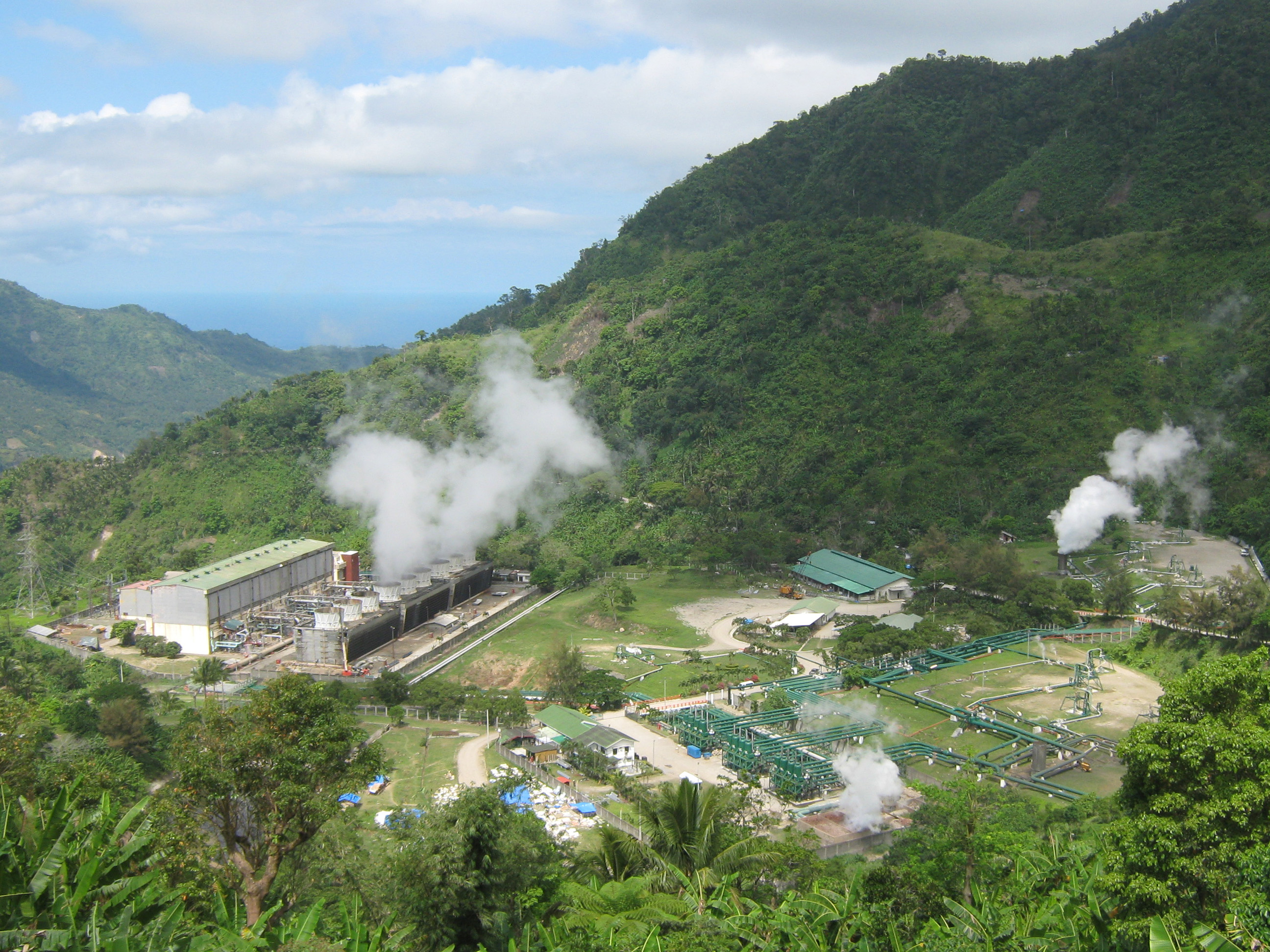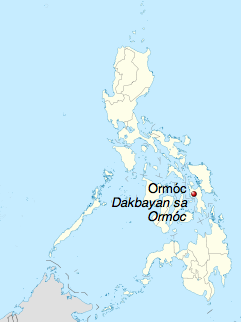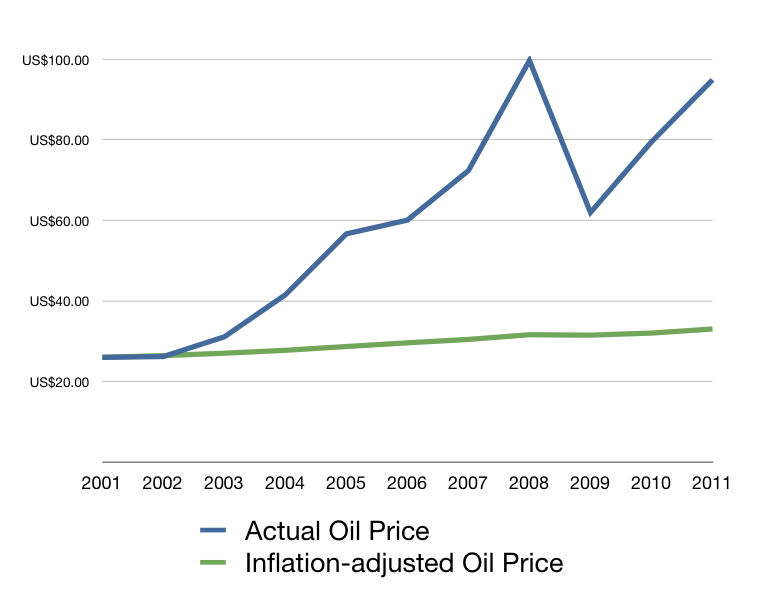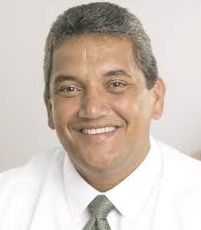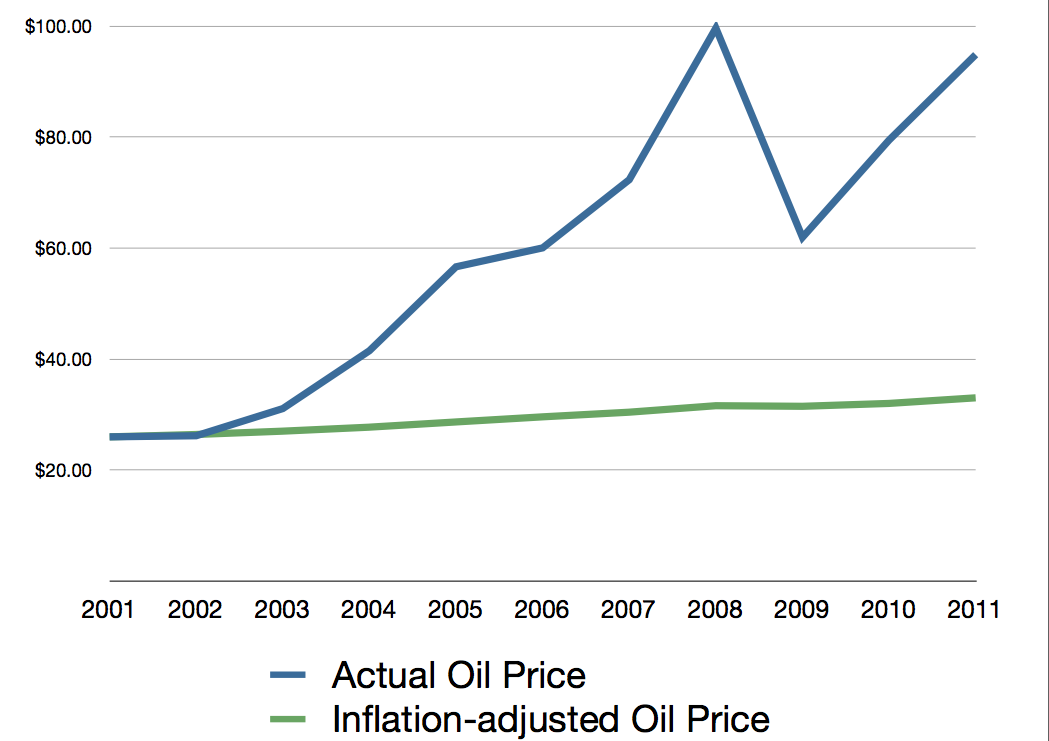When I went to Iceland, I sat in the Blue Lagoon for several hours.
The Blue Lagoon (Icelandic: “Bláa lónið”) geothermal spa is one of the most visited attractions in Iceland. The steamy waters are part of a lava formation….
The warm waters are rich in minerals like silica and sulphur and bathing in the Blue Lagoon is reputed to help some people suffering from skin diseases such as psoriasis. The water temperature in the bathing and swimming area of the lagoon averages 37–39 °C (98–102 °F). The Blue Lagoon also operates a Research and Development facility to help find cures for other skin ailments using the mineral-rich water.
The lagoon is fed by the water output of the nearby geothermal power plant Svartsengi and is renewed every 2 days. Superheated water is vented from the ground near a lava flow and used to run turbines that generate electricity. After going through the turbines, the steam and hot water passes through a heat exchanger to provide heat for a municipal hot water heating system. Then the water is fed into the lagoon for recreational and medicinal users to bathe in. (from Wikipedia)
The geothermal plant was close by with steam (H2S?) plumes going into the air. Iceland and the Phillipines allows some direct venting into the atmosphere Hawaii does not.
To understand the distance, here’s a comparison. If the Blue Lagoon was KTA Pu‘ainako, the geothermal plant was approximately as far away as the Prince Kuhio Shopping Center, maybe a quarter of a mile.
Iceland has one of the highest voting rates in the world – in the high 80 percent. They are also some of the most educated people in the world.
The water was from the geothermal plant and tasted a little salty. It flowed through continuously and I could open my eyes underwater. It smelled slightly of sulfur.
Farmers understand that “the dose makes the poison.” For instance, the instructions for disposing of any chemical container, even the most toxic, is to “triple rinse” before disposal. The idea is that if some unsuspecting person grabs the container and uses it for drinking water, it won’t hurt them.
It seemed to me that the emissions were being diluted with the air much like triple rinsing.


